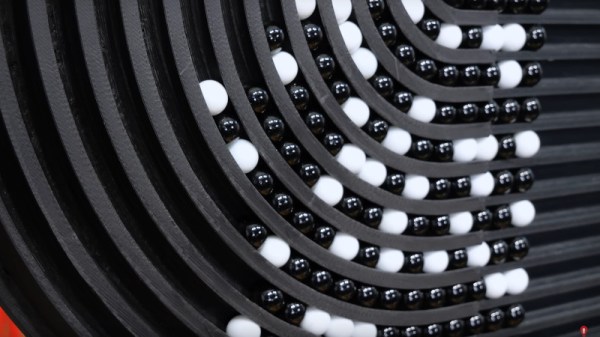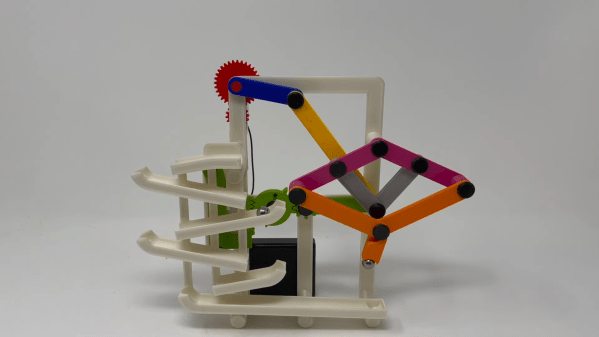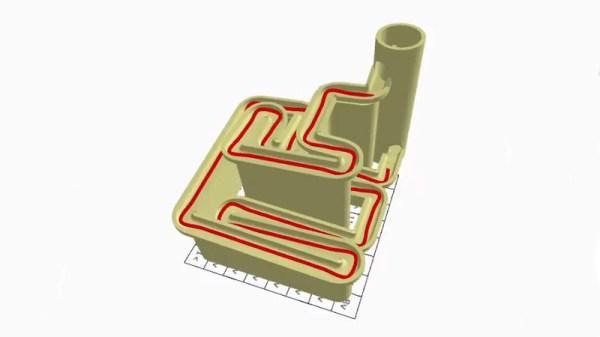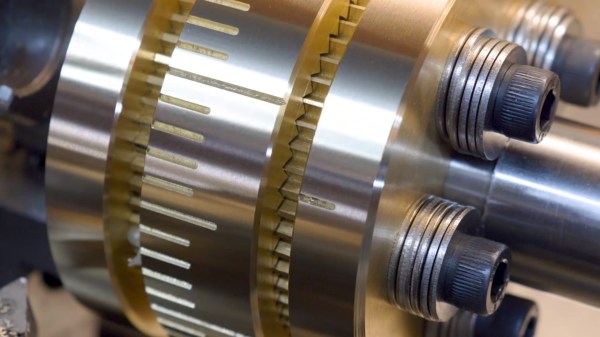Most Christmas ornaments just hang there and look pretty. [Sean Hodgins] decided to whip up something altogether fancier and more mechanical. It’s a real working marble machine that hangs from the tree!
The build is simple enough, beginning with a translucent Christmas ornament shell readily available from most craft stores. Inside, a small motor spins a pinion, which turns a larger gear inside the body. As the larger gear spins, magnets embedded inside pick up steel balls from the base of the ornament and lift them up to the top. As they reach their zenith, they’re plucked off by a scoop, and then they roll down a spiral inside. As for power, [Sean] simply handled that with a couple of wires feeding the motor from a USB power bank. Just about any small battery pack would do fine.
The build is beautiful to watch and to listen to, with a gentle clacking as the balls circulate around. Files are on MakerWorld for the curious. We’ve featured some great Christmas decorations before, too. Video after the break.



















